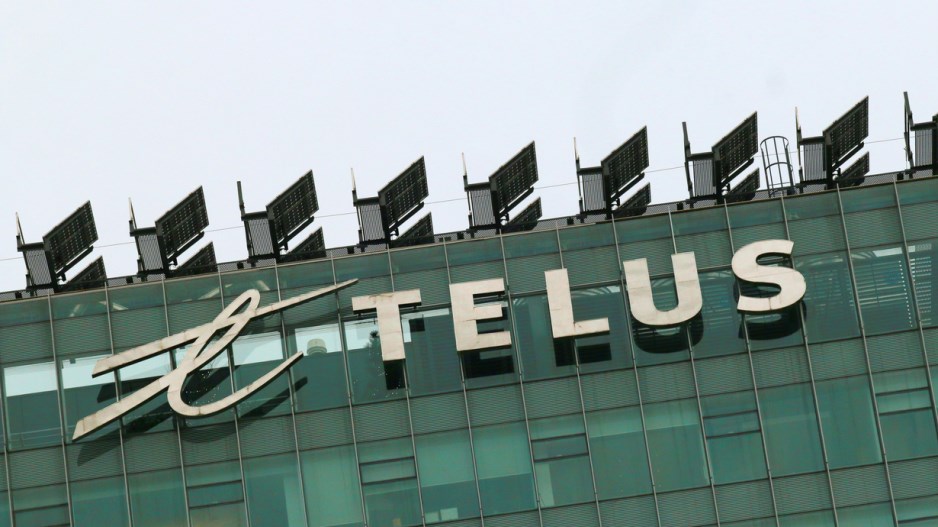What happened: Telus asks courts for injunction against Shaw ads it claims are creating confusion in the marketplace
Why it matters: Competition has been increasing the past few years over greater market share of residential internet
Telus Corp. (TSX:T) is not a fan of one competitor’s new ad campaign.
The Vancouver-based telecom giant has filed suit against Shaw Communications Inc. (TSX:SJR.B), alleging advertisements for Shaw’s Fibre+ internet offerings are misleading and have been causing “significant customer confusion.”
Shaw began advertising its Fibre+ service as a new product in late May, according to the claim (Note: Shaw later clarified it was its Fibre+ Gig product that launched this past May).
But Telus’ suit, filed in B.C. Supreme Court on June 10, takes issue with the marketing campaign’s alleged efforts to cast Fibre+ as a Fibre-to-the-Home (FTTH) offering.
Instead, the Vancouver company says Shaw’s Fibre+ is just a rebranded version of its previous Data Over Cable Service Interface Specification — or DOCSIS — service.
The concern, according to Telus, is that FTTH (commonly referred to as fibre within the industry) is a superior product to the “lower-performance coaxial cable” that connects Shaw customers to its existing DOCSIS service.
The DOCSIS infrastructure uses nodes that can be connected to the internet using fibre optic cable.
But Telus describes this as a “last mile” connection and not representative of a true fibre optic service.
The suit states customers who have access to FTTH get higher speeds and fewer outages than those relying on DOCSIS, adding Shaw’s claims are “false and materially misleading.”
“For example, there is no difference whatsoever between Shaw’s recently-launched Fibre+ 300 Internet Service and its previous Internet 300 Service – these are exactly the same product, the only difference being the misleading ‘Fibre+’ nomenclature associated with Shaw’s Fibre+ 300 Internet Service,” the suit alleges.
“Since Shaw’s ‘Fibre+’ Internet services do not use fibre optic cable to physically connect customers’ homes to the network, it is inaccurate and misleading to describe such a service as a ‘fibre’ or ‘fibre optic’ internet service.”
Telus claims the use of the plus symbol in the Fibre+ marketing campaign is also misleading as it implies its offerings are superior to Telus’ fibre optic services.
The telecom company says it’s suffering irreparable harm and damage to its reputation as a result of Shaw’s ad campaign and is asking for an injunction to put an end to the marketing efforts.
Telus also wants Shaw to declare that it’s “knowingly or recklessly made false or misleading representations to the public” and is seeking damages for lost profits as well as costs associated with the suit.
The allegations have not been proven in court.
Chethan Lakshman, Shaw’s vice-president of external affair, confirmed in a statement to Business in Vancouver the company has received the civil claim from Telus, “which it will vigorously defend.”
“We are proud of our Fibre+ network – previously known since 2016 as FibrePlus – and stand behind its branding and strength. We call it Fibre+ because it is truly that: fibre plus more,” he said.
“Our customers benefit from the coax component of our network and our continuing investments in our network technology, such as the next-generation DOCSIS 3.1 technology that coax uniquely enables.”
Updated June 11, 5:10 p.m., with response from Shaw following morning inquiries from BIV.




